A eulogy to the people’s art teacher
The works of these artists generally reflect an interest in free experimentation and spiritual expression
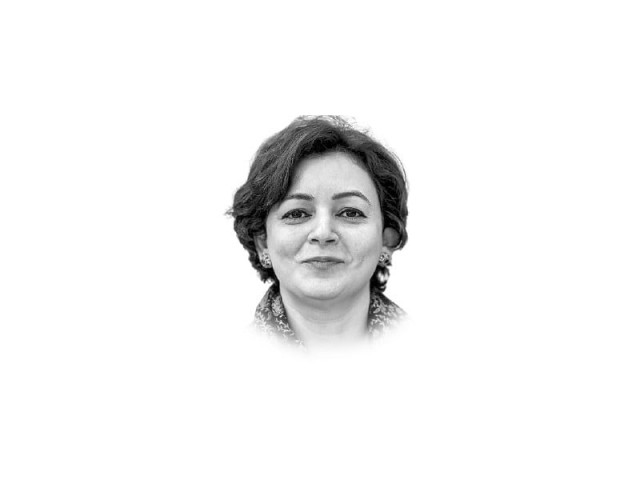
Dear Sir Mansoor Rahi,
I’m writing to express my admiration and gratitude, albeit belatedly, as you’ve already moved on to your eternal destination. I’m also saddened by the news of Sir Adil Salahuddin’s passing. May you both find peace in Jannat-ul Firdaus! Growing up in the 90s, I cherished our daily encounters through PTV’s live morning show. Your art lessons were a treat, inspiring us to create and explore. During summer holidays, we’d eagerly practise and submit our artwork to you via Chacha Jee Mustansir Hussain Tarar at PTV Islamabad Studio. The thrill of having our work selected and showcased on TV was unparalleled which entitled us to buy more art material and fun trips to Lahore Museum and other heritage sites. Such were the little joys of our generation. I shall also mention that in our household you and Runa Laila always had a respectful mention with a tearful eye of my grandmother. It was beyond my comprehension why your gentle smile and the ‘cuckoo’ like sound of Runa Ji would make her sad. Years later it dawned upon me that you both reminded her of what we know of the secession of East Pakistan. It was re-living the partition of India, she would say.
To the generation Z, claiming to know everything but our own people who worked towards building Pakistan after it was created in 1947, I shall introduce you as the ‘people’s art teacher’ of Pakistan. You were amongst the artists who carried forward the aesthetic traditions of the Sub-continent and contributed towards introducing modern trends in art. You promoted art education as a potential career path. With the Zuberi sisters, one of whom became your life partner too, you worked towards ascertaining Karachi School of Art as an authentic place of learning art in early days of Pakistan. The institute proved to be a pioneer in setting the standard and direction of art pedagogy and practice. It would not be out of place to mention that your efforts created awareness amongst commoners about the various opportunities that the creative industry has to offer.
Your work is a reminiscence of the great master Zain-ul Abedin, your mentor at Government College of Arts and Crafts, Dhaka before you moved to Karachi. His rapid brush strokes with an emphasis on the structured forms within frenzy layouts convey intense expressions of hunger and pain of the Bengal Famine. I wish we had a chance to talk more about the Bangladeshi art though talking about East Pakistan and Bangladesh remains a sensitive issue in the politically charged Pakistan of today. It may incur feelings of anger, loss, guilt and shame at the same time. In your paintings, there is a unique combination of abstract and representational forms. The aggressive yet thoughtful strokes signify deconstruction and re-construction of forms. The overall mood of the paintings remains gloomy but they idealise strength and a will to create balance and harmony within the picture space. In pursuance of emotional experience over physical reality, your compositions match the spirit of European Expressionists. It is also interesting to find non-linear, unrecorded impressions of Fauvists and The Blue Riders, Franz Marc to be one amongst others, in your works. One strong connection that may be established here is the fact that these artists also went through the atrocities of war, separation, split and disaster. The works of these artists are diverse but they generally reflect an interest in free experimentation and spiritual expression. It is this communion of the worldly with the spiritual that is the highlight of your works too. I believe this approach of using art for consolation is universal and perhaps timeless. To cope with the outer world there is always a need to channel inner energies which is the biggest integer for all artistic expressions, be it in the caves, on the cathedral windows, domes, great halls, books or the walls of one’s room.
With a strong belief that we shall meet again in some other world.
Bano
May 2024
Published in The Express Tribune, June 1st, 2024.
Like Opinion & Editorial on Facebook, follow @ETOpEd on Twitter to receive all updates on all our daily pieces.







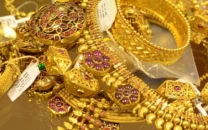


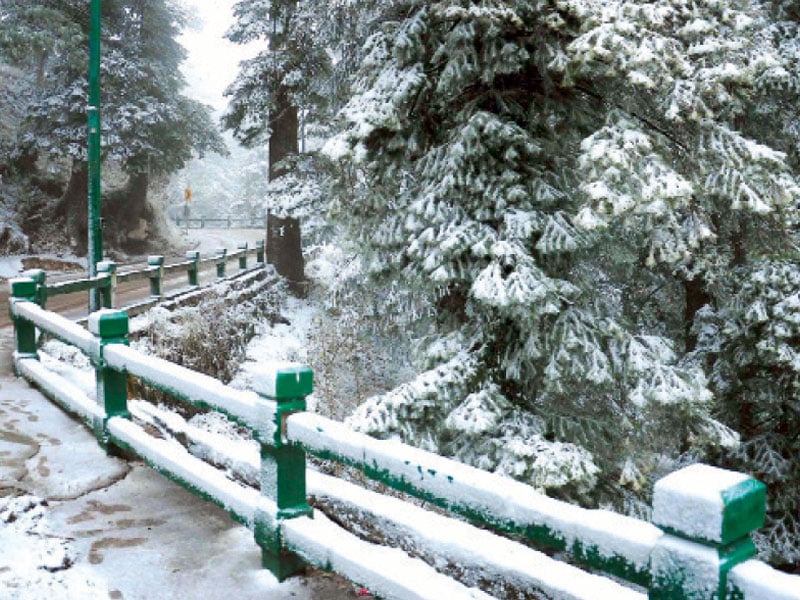

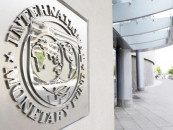

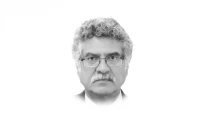
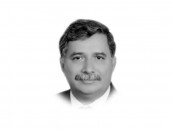
COMMENTS
Comments are moderated and generally will be posted if they are on-topic and not abusive.
For more information, please see our Comments FAQ